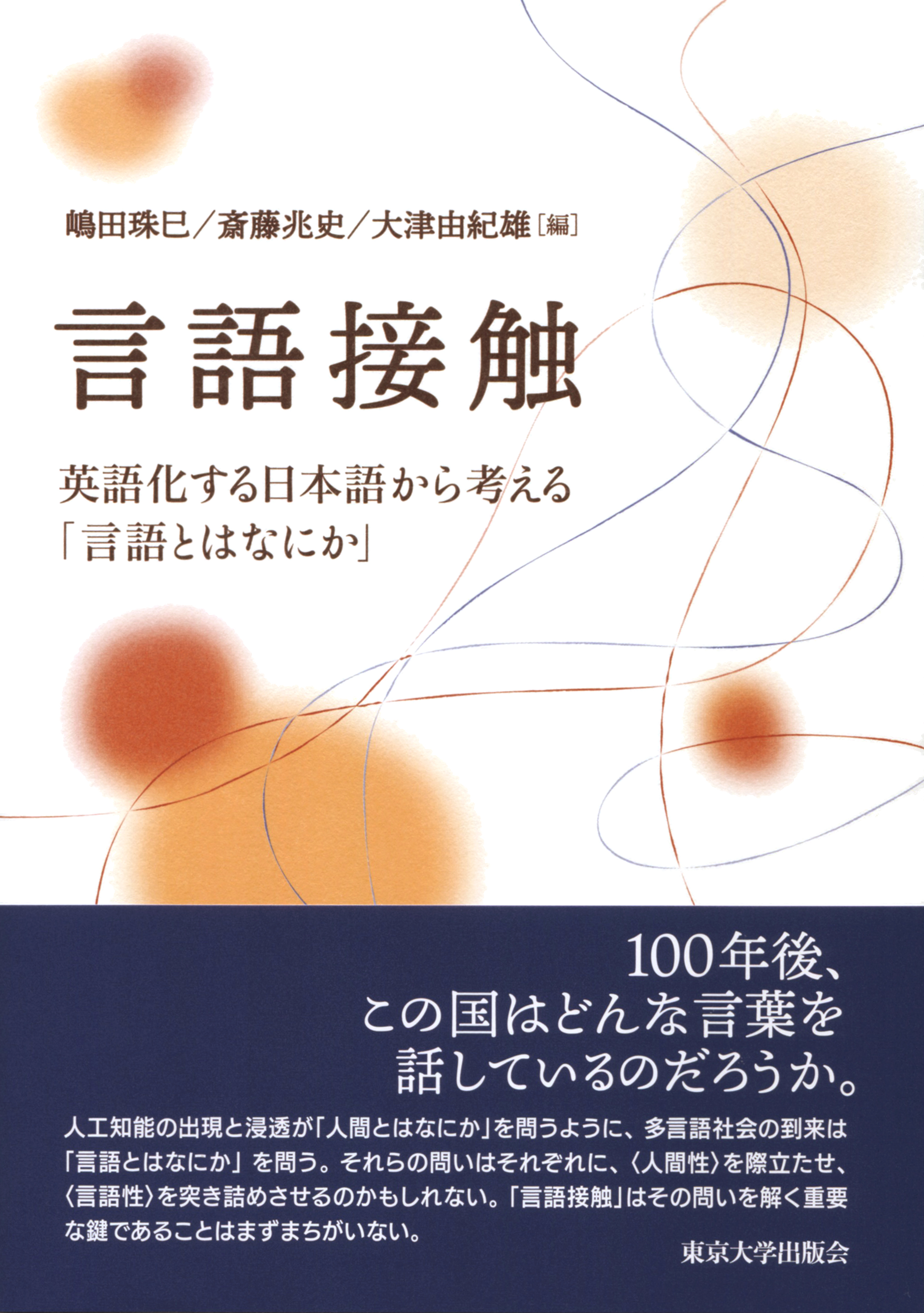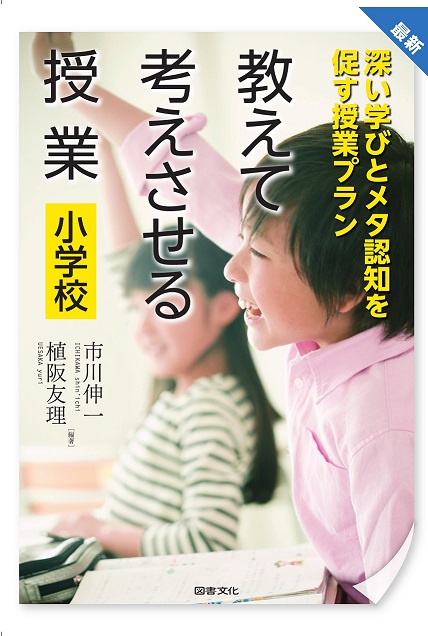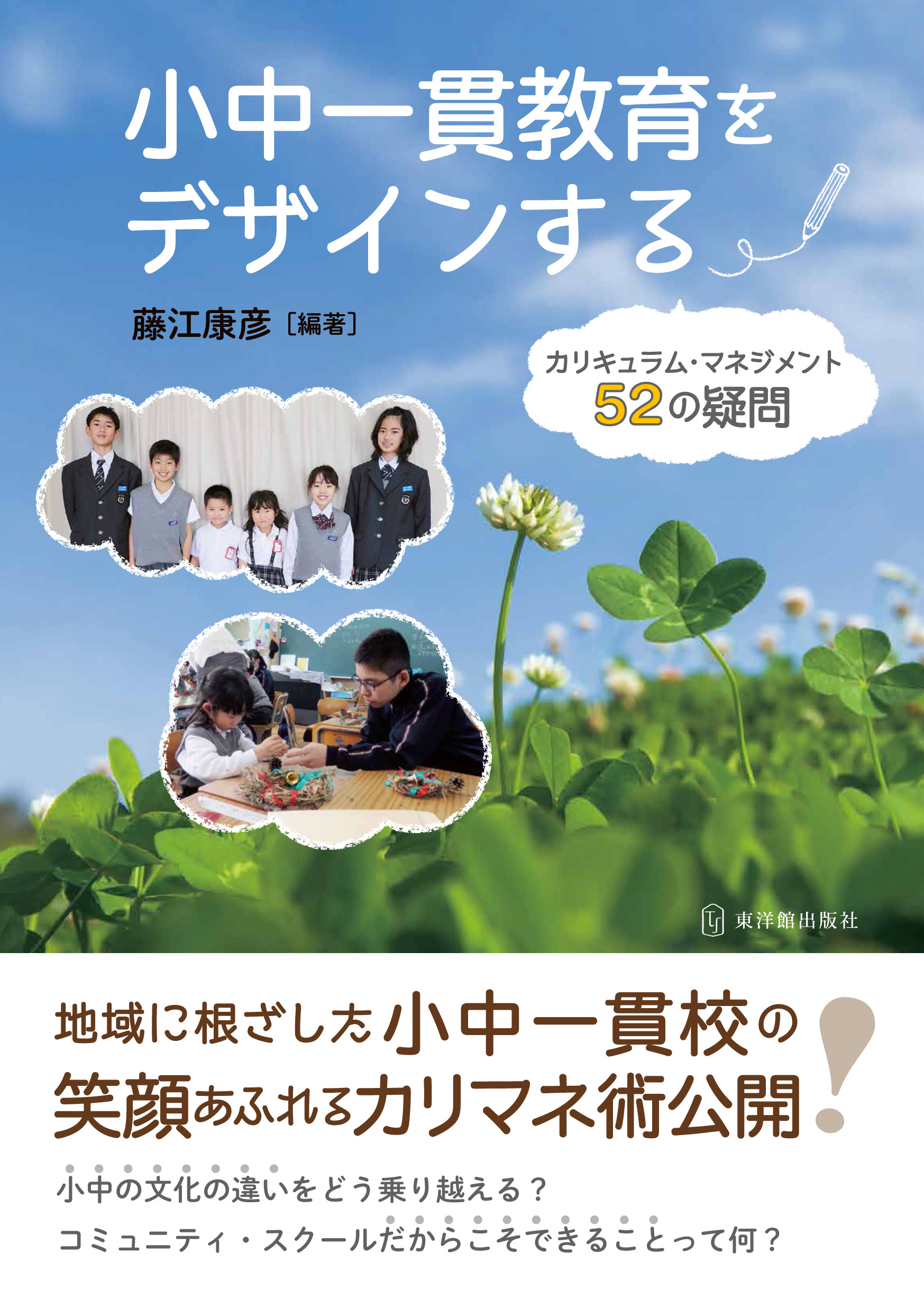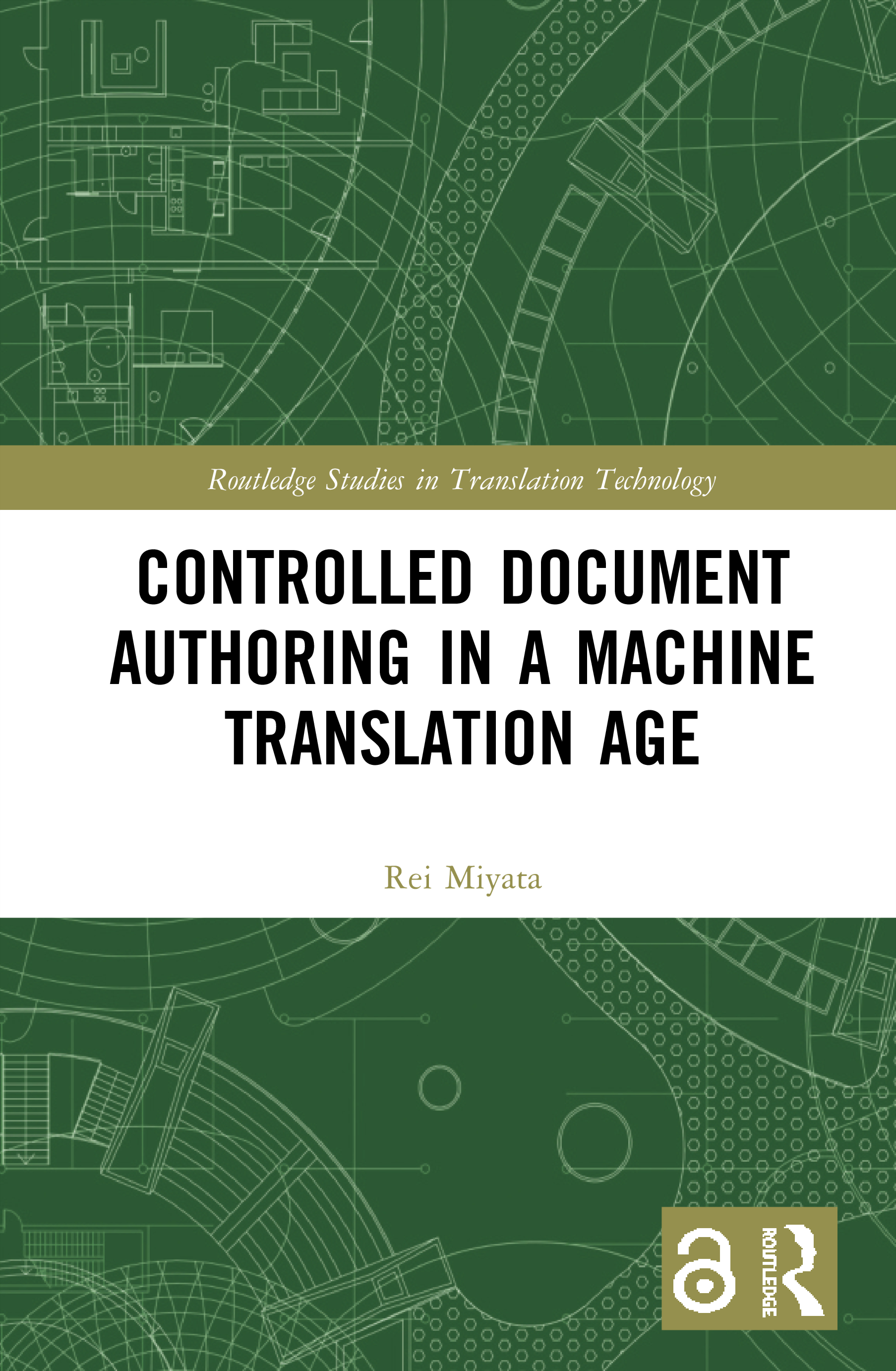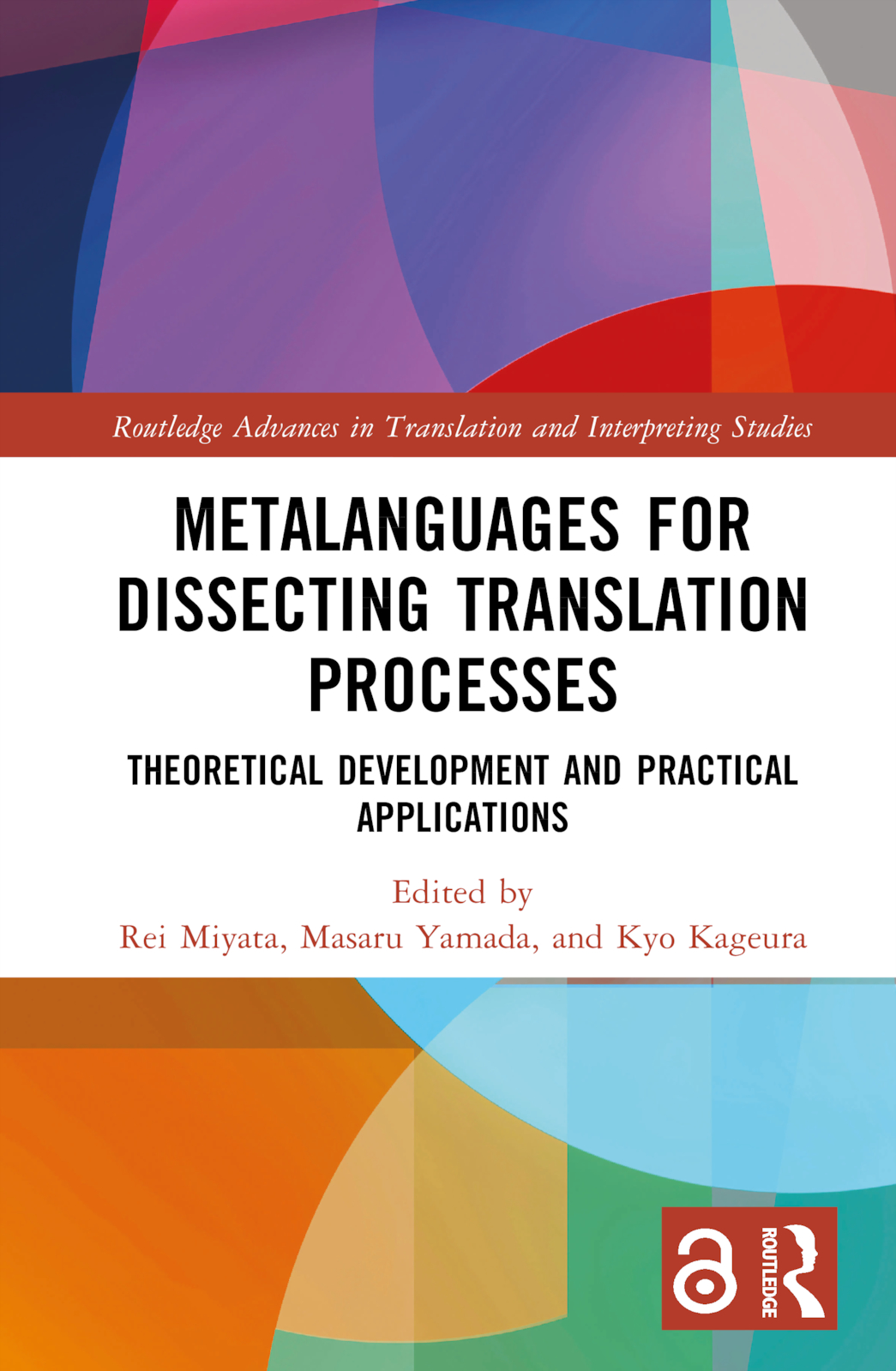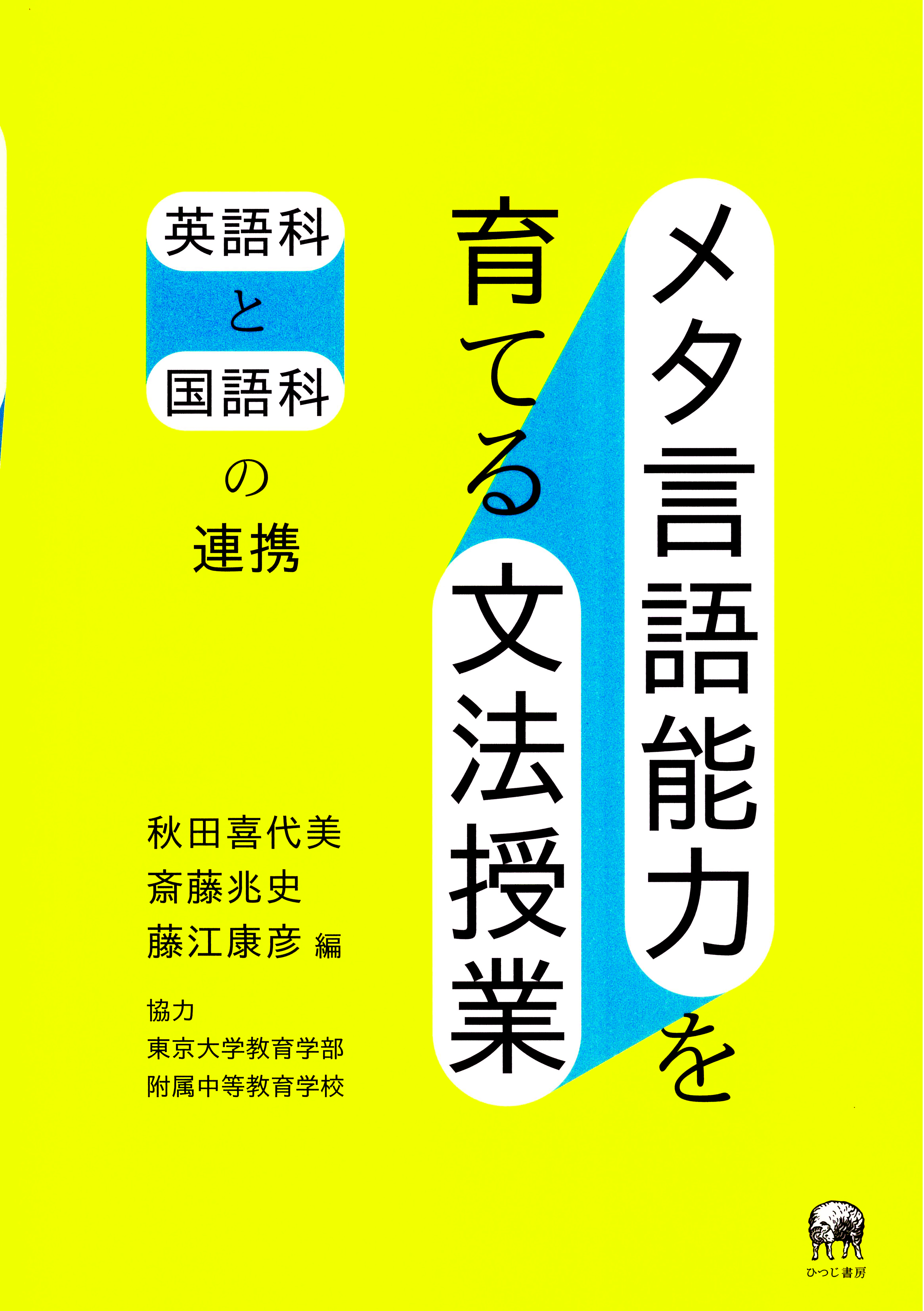
Title
Meta gengo nōryoku o sodateru bunpō jugyō (Teaching Grammar for Developing Metalinguistic Abilities - Teachers of English and Japanese in Collaboration)
Size
304 pages, A5 format, softcover
Language
Japanese
Released
August, 2019
ISBN
978-4-89476-896-3
Published by
Hituzi Shobo
Book Info
See Book Availability at Library
Japanese Page
Language is essential to human intellectual activity. In schools, language is the medium through which subjects are taught. Japan’s new national curriculum guidelines that are being implemented in stages since the start of fiscal 2020 (April 2020 to March 2021) position language skills as the foundation for all learning, regardless of subject matter. Thus, in every subject, students are also taught the vocabulary (concepts) that is specific to the subject matter and how to use those words to structure sentences addressing the subject (expression). The objective is not only to teach the subject matter, but to help the students become proficient in those qualities and abilities that are specific to the subject. This requires fostering skills in vocabulary-building and the structuring of sentences—skills that can be applied across all subjects and that can be referred to as “metalanguage capabilities.”
“Metacognition” refers to the ability to objectify and understand one’s own cognitive processes and the ability to control those processes. Metalanguage capabilities are a type of metacognition that relates to language. In other words, metalanguage capabilities include the ability to monitor the generation and usage of one’s own words, and to adjust and control those processes at will.
The objective of this book is to foster “metagrammar competence,” that is, metalanguage capability in grammar, by implementing cross-curricular applications of English and Japanese language studies in classes at the Secondary School attached to the Faculty of Education, the University of Tokyo. It includes project member reports on the class practice, and an introduction to the history of grammar teaching in academic English departments in Japan and China that served as the basis for the original idea.
The decision to link English and Japanese language learning for this project was made because both are focused on “teaching language by using language.” As was noted above, in learning any subject, students are taught the vocabulary and sentence patterns necessary for subject-specific language use that is intricately linked to the content of the subject being studied and its patterns of thinking. Both the study of English and Japanese language involves learning to understand the language and mastering the vocabulary and grammar needed to speak the language. In this respect, both are subjects that allow for the conscious and relative mastery of language. The decision to focus on “grammar” stems from a desire to take a creative approach to grammar learning. For junior and high school students, “grammar” is generally perceived as a system of rules to be absorbed as knowledge through memorization and put to use when taking exams. While some may find the regularity of grammar interesting in and of itself, few are aware of the usefulness of grammar for reading comprehension or daily language use. But when we try to interpret the meaning of a sentence, we depend on its narrative as well as its grammar. Our project was planned to awaken in the students the awareness that grammar is what connects them to the text they are trying to understand.
Many of the authors are involved in language education in universities and junior and senior high schools and the book is full of specific advice on class design.
We hope that this book will be read by people interested in the study of language, as well as those who are planning to become language teachers.
(Written by AKITA Kiyomi, Professor, FUJIE Yasuhiko, Professor, Graduate School of Education / 2021)



 Find a book
Find a book


